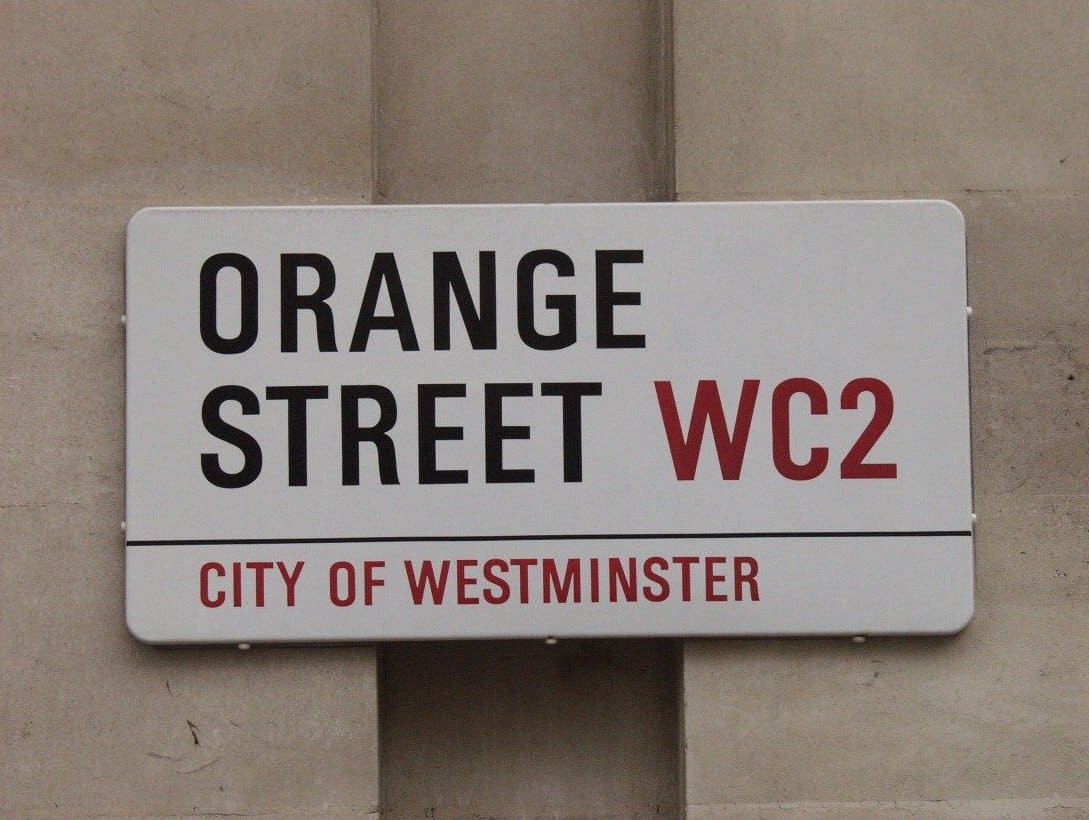The surprising reasons behind London’s oldest place names
Did you know the name Piccadilly was an insult or that Aldgate was long associated with ale drinkers? Caroline Taggart unearths the meanings behind London’s unusual place names.
When you start thinking about London place names, you realise that they pose endless questions. Was Cheapside once cheap? Who were the knights in Knightsbridge? And where does a name like Piccadilly come from?
Names like this – indeed, any place names – are inextricably linked to the history of a place. They answer questions such as, ‘why is it here?’ or ‘who lived here?’ London place names are more fun than most, because they cover a period of over 2,000 years and tell us all sorts of things about how our capital developed.

The early history of London is vague. We know that the Romans called it Londinium and that it was a busy trading centre in their time. But Londinium is a Latin version of an older Celtic name; attempts to explain its meaning have occupied scholars for centuries. Current best guess is ‘settlement at the unfordable part of the river’, which would certainly be geographically accurate: the lowest fordable point on the Thames was about 2 miles upstream from Londinium.
After the Romans left, Britain was invaded by Angles and Saxons from northern Europe and it is to them that we owe the vast majority of the names of other, smaller settlements that were later subsumed into London. Most places ending in –ham, –ton or –ington are named after otherwise forgotten Anglo-Saxon chiefs.
After the Norman invasion of 1066, most of London’s business was still conducted in what we now call the City. To this day names tell us what was sold in the various streets: Cornhill was the site of the great corn market; Cheapside (from the Old English for market, which also survives in names such as Chipping Norton and Chipping Camden) was the main street, with Bread Street, Poultry and Ironmonger Lane nearby. Stew Lane was equally explicit to a speaker of medieval English, who would have recognised that it advertised not casseroles but brothels.
Expansion over the centuries meant more and more development to the west. In the park adjacent to St James’s Palace, James I kept exotic birds: the road that ran alongside it is still called Birdcage Walk. Piccadilly was also named around this time: the word comes from the piccadill, a wide, decorated collar that was sufficiently popular to make the fortune of a tailor called Robert Baker.
And finally, to answer the one remaining question from my first paragraph: there was indeed a bridge in Knightsbridge: it stood where the main road west went over a river called the West Bourne. ‘Knight’, in earlier times, meant simply ‘lad’, particularly one employed as a retainer. One explanation for the name Knightsbridge is that it was a place where the local youth hung out, long before those elegant department stores were thought of.
source: The Telegraph
insult – sértés
ale – barna sör
to be associated with – társítani valamivel
to unearth – felfedezni
inextricably – kibogozhatatlanul
Romans – rómaiak
trading centre – kereskedelmi központ
to occupy – megszállni
settlement – település
unfordable – nem lehet átkelni rajta
accurate – pontos
fordable – átkelhető, gázlón
to invade – betörni, elözönleni
vast majority – túlnyomó többség
chief – főnök
ironmonger – vaskereskedő
stew – pörköltszerű húsétel
medieval – középkori
brothel – bordélyház
casserole – hőálló tál, ebben készített egytálétel
adjacent – határos, közeli
collar – gallér
to make the fortune of – vagyont szerezni
lad – legény
to hang out – lógni valahol





